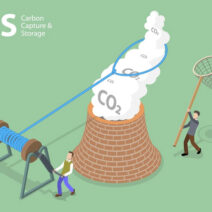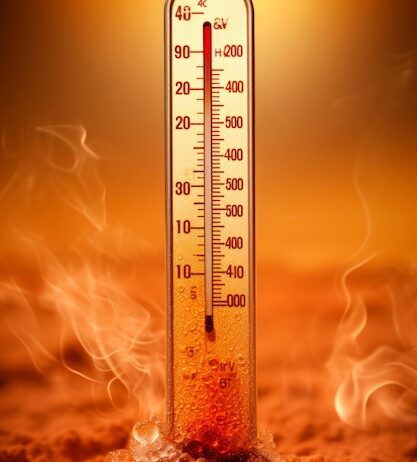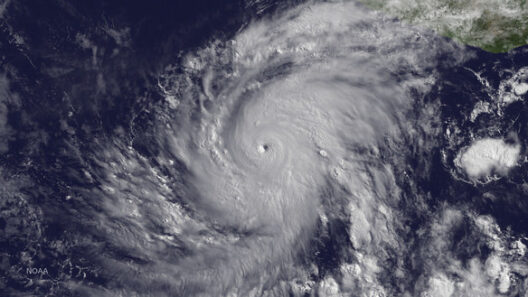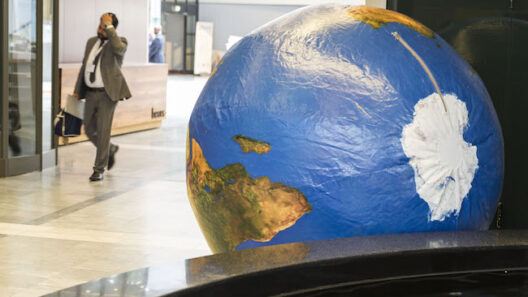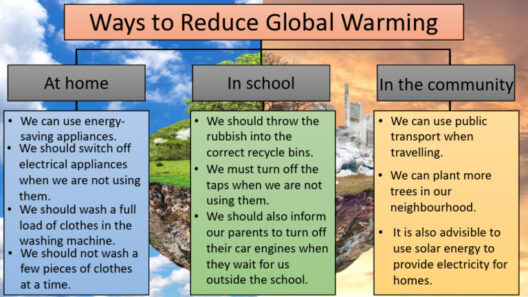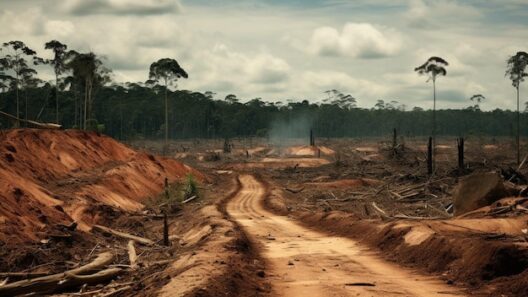Heatwaves and warm spells have become more than just temperature statistics; they are harbingers of a real and escalating crisis exacerbated by global warming. As the planet continues to warm, understanding heatwaves is paramount—not only for comprehension but also for action. What if we could view heatwaves through an entirely different lens, one that focuses on adaptability and resilience? Can society rise to meet the challenges posed by these extreme weather events? This piece delves into the multifaceted toolbox necessary for mitigating the impact of heatwaves in our warming world.
To begin with, understanding the science behind heatwaves, or periods of excessively high temperatures, is crucial. Heatwaves are defined not merely by temperature but also by their duration and intensity. Definitions can vary geographically. However, scientists generally classify a heatwave as a series of days when the temperature exceeds the average by a significant margin. The repercussions of these elevated temperatures range from increased mortalities, heat-related illnesses, and elevated energy demands to ecological disturbances. It is not hyperbole to state that heatwaves can disrupt the very fabric of ecosystems and humans alike.
In our warming world, resilience is inevitably connected to urban planning. Urban areas, with their concrete jungles and asphalt expanses, create localized heat islands. These heat islands often experience temperatures that can be several degrees higher than surrounding rural areas. Integrating green spaces, such as parks and urban forests, mitigates this urban heat effect. Such areas provide shade, reduce the ambient temperature through evapotranspiration, and promote biodiversity. Investing in green infrastructure is vital. In this context, does your city feature enough trees, gardens, or reflective roofs? How can these local landscapes be transformed through urban planning initiatives?
Governments and municipalities must also invest in public awareness campaigns, which are essential to equip communities with knowledge about heatwaves. These campaigns could inform citizens about early warning signs and outline strategies for staying safe during extreme heat. Simple guidelines—such as staying hydrated, scheduling outdoor activities during cooler hours, and recognizing signs of heat stress—can save lives. Innovative outreach methods can engage various media platforms—social, traditional, and educational. Is it possible that a catchy jingle or compelling social media challenge could shape public behavior towards heatwave precautions?
Technological advancements present both challenges and opportunities in addressing heatwaves. Smart systems, such as real-time climate monitoring and predictive analytics, can provide valuable insights into potential heatwaves. These technologies can assist in developing targeted responses, such as resource distribution during high-risk events. Furthermore, advancements in materials science are giving rise to heat-reflective coatings for buildings, which cool surfaces and reduce reliance on air conditioning. Are we ready to embrace these technologies fully and commit to their integration into building codes and city regulations?
Moreover, communities must cultivate social cohesion to face heatwaves effectively. Social networks and local organizations that facilitate information sharing can be pivotal. Creating community “cooling stations,” equipped with air conditioning and water supplies, offers a refuge during heat emergencies. For vulnerable populations—such as the elderly or those with preexisting health conditions—this collaborative community approach can be life-saving. How can you be an advocate in your local community to foster social support systems that focus on heat resiliency?
Another dimension of this toolbox for managing heatwaves is water resource management. Diminished water supply during heatwaves can exacerbate the already dire effects of high temperatures. Implementing sustainable water conservation practices is critical—not only to ensure adequate drinking water but also for irrigation. Communities can invest in rainwater harvesting systems or water-efficient technologies that reduce waste. How robust is your local infrastructure in terms of supporting sustainable water management, particularly in the face of soaring temperatures?
A discussion of heatwaves cannot conclude without addressing the broader implications of climate change. Policymaking must align with climate science. It is imperative to reach international accords that curtail greenhouse gas emissions, limiting the temperature increases driving these heatwaves. Policies that promote renewable energy, enhance public transport, and incentivize sustainable practices create a pivotal trajectory for meaningful change. Are policymakers in your region taking adequate measures to address the root causes of climate change, or are they merely treating the symptoms?
In conclusion, the increasing frequency and intensity of heatwaves demand a comprehensive, interdisciplinary toolbox—a veritable arsenal of strategies—to combat their resultant challenges. By approaching heatwaves from various angles, including urban planning, technological advancements, social networks, water conservation, and policy transformation, societies can foster resilience in a warming world. The question beckons: Can every individual, community, and institution in the global landscape step up to reevaluate and reconstruct its role in this ongoing crisis? Embracing this challenge is not just an option; it is a necessity to secure a livable future against the backdrop of global warming.
